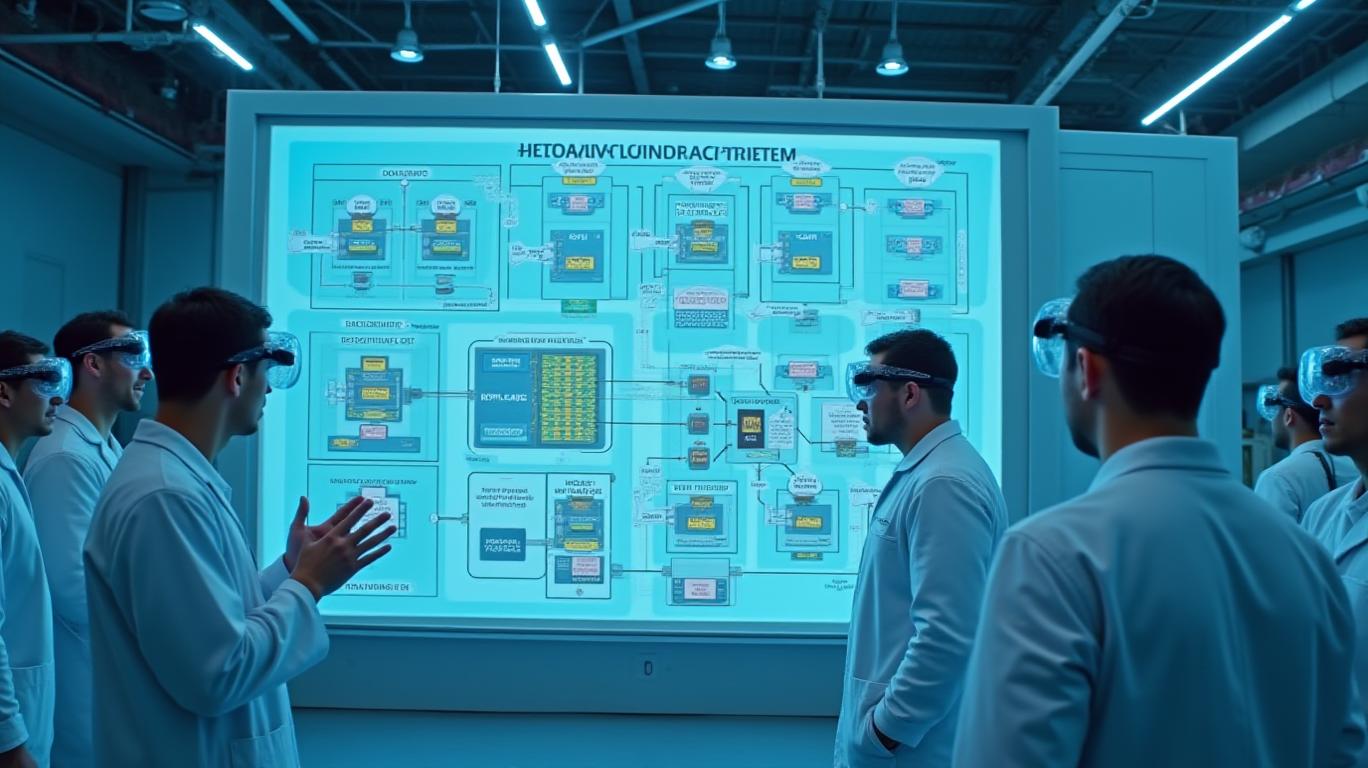NVIDIA's NVLink Fusion: Reinventing the AI Infrastructure Moat in a Fractured World
The AI revolution is entering a new phase—one where geopolitical tensions, rising competition, and the scramble for sovereign technology are reshaping the landscape. Amid this upheaval,
is doubling down on its dominance with NVLink Fusion, a groundbreaking technology that isn't just a chip upgrade—it's a strategic move to entrench its ecosystem as the bedrock of AI infrastructure.The NVLink Fusion Play: A New Layer of Defensibility
NVIDIA's NVLink Fusion, unveiled in 2025, isn't merely an interconnect. It's a silicon ecosystem play that allows third-party CPUs and accelerators to plug into NVIDIA's GPU architecture, creating hybrid systems with unprecedented scalability. Key specs:
- Bandwidth: 1.8 TB/s per GPU—14 times faster than PCIe Gen5.
- Scale: Up to 72 GPUs per rack, aggregating 130 TB/s of bandwidth via its NVL72 architecture.
- Flexibility: Partners like Fujitsu, Qualcomm, and MediaTek are designing custom silicon that integrates directly with NVIDIA's GPUs, creating semi-custom AI factories.

This isn't incremental progress. By opening its interconnect IP to third-party partners, NVIDIA is redefining its moat—no longer just a GPU vendor, but the operating system of AI infrastructure.
Why NVLink Fusion is NVIDIA's Ultimate Moat
- Network Effects in Hardware:
- NVIDIA's ecosystem now spans 40+ partners (MediaTek, Fujitsu, Qualcomm) designing custom silicon that requires NVIDIA's GPUs or Grace CPUs as a core component.
- Mission Control software automates AI factory management, locking customers into NVIDIA's stack.
The result? A self-reinforcing loop: every new partner adopting NVLink Fusion becomes a node in NVIDIA's network, raising switching costs for competitors.
- Geopolitical Shielding:
- Countries like Japan (Fujitsu's MONAKA CPU) and Taiwan (MediaTek's ASICs) are using NVLink Fusion to build sovereign AI systems that blend local chips with NVIDIA's GPU prowess.
This avoids dependency on U.S.-dominated alternatives, turning geopolitical fragmentation into a tailwind for NVIDIA's global reach.
Competitor Traps:
- Rivals like AMD and Intel are pushing the UALink consortium, an open-standard interconnect. But NVIDIA's year-ahead roadmap and performance leadership (1.8 TB/s vs. UALink's 1.2 TB/s targets) keep hyperscalers dependent on its tech.
Risks? Yes. But They're Overstated
- Dependency on NVIDIA's Chips: True, even hybrid systems need NVIDIA GPUs/Grace CPUs. But this lock-in is a feature, not a bug.
- UALink's Push: While open standards are appealing, NVIDIA's 10-year lead in AI silicon and ecosystem depth make it nearly impossible to catch up.
The Investing Case: Buy Now, or Miss the AI Infrastructure Supercycle
NVIDIA's NVLink Fusion isn't just about selling GPUs—it's about owning the AI infrastructure stack. With:
- Immediate adoption: Fujitsu's MONAKA CPU and Qualcomm's custom server chips are in development, with integrations hitting data centers by 2026.
- Scalability to millions of GPUs: The NVL72 architecture's 130 TB/s per rack can power trillion-parameter models, which will only grow in demand.
- Sovereign tech demand: Geopolitical risks are accelerating deals for NVIDIA's hybrid systems, creating a $100B+ AI infrastructure market.
Action Item: NVIDIA's stock is priced for AI growth, but the moat it's building around NVLink Fusion makes this a decade-long investment thesis. Competitors can copy chips, but they can't replicate the ecosystem.
The AI infrastructure war is over—NVIDIA just won it.
Stay ahead of the curve with NVIDIA's moat. The race isn't just about speed—it's about who controls the race itself.

Comments
No comments yet